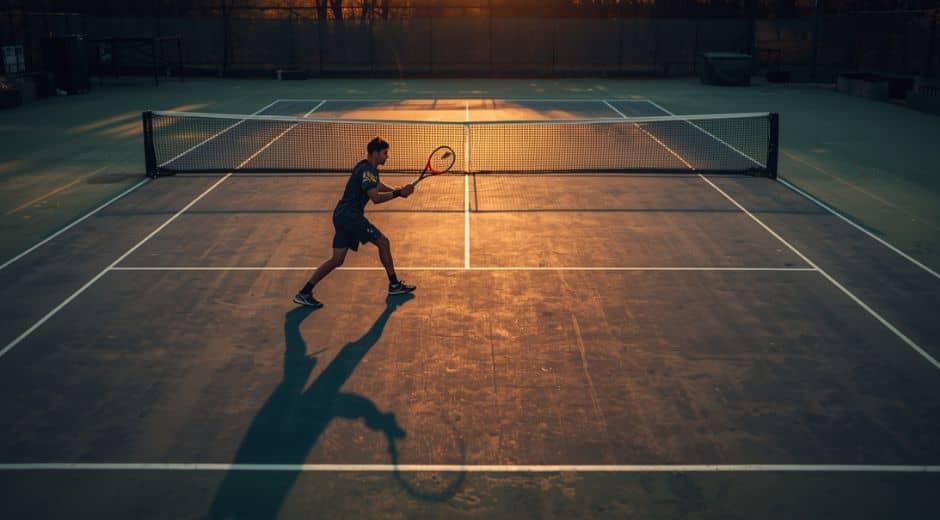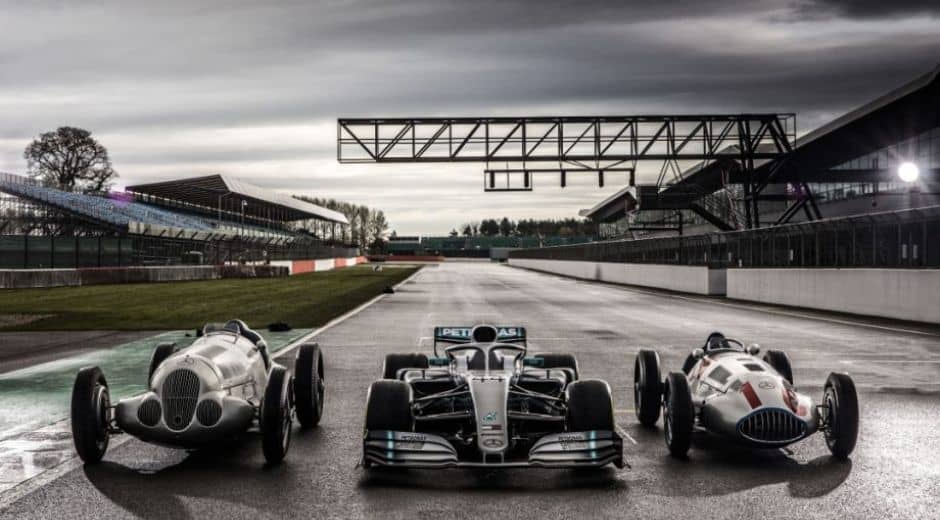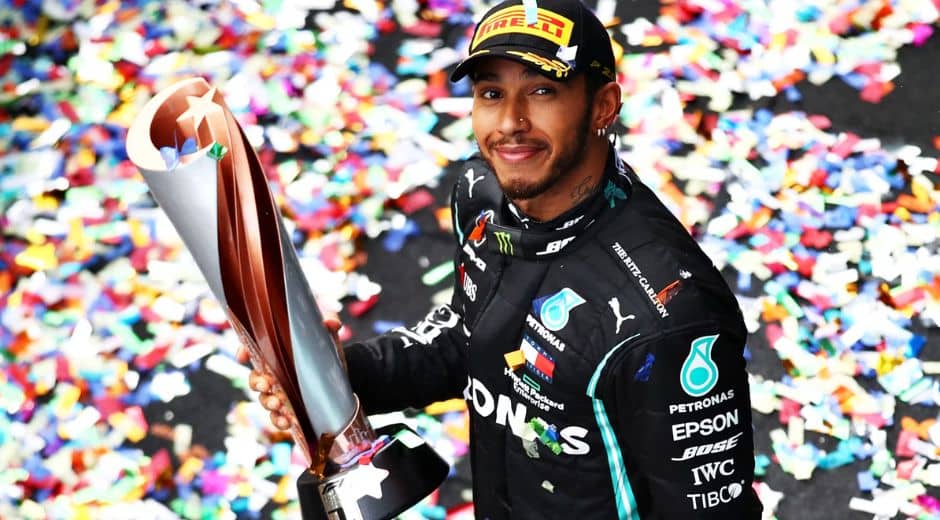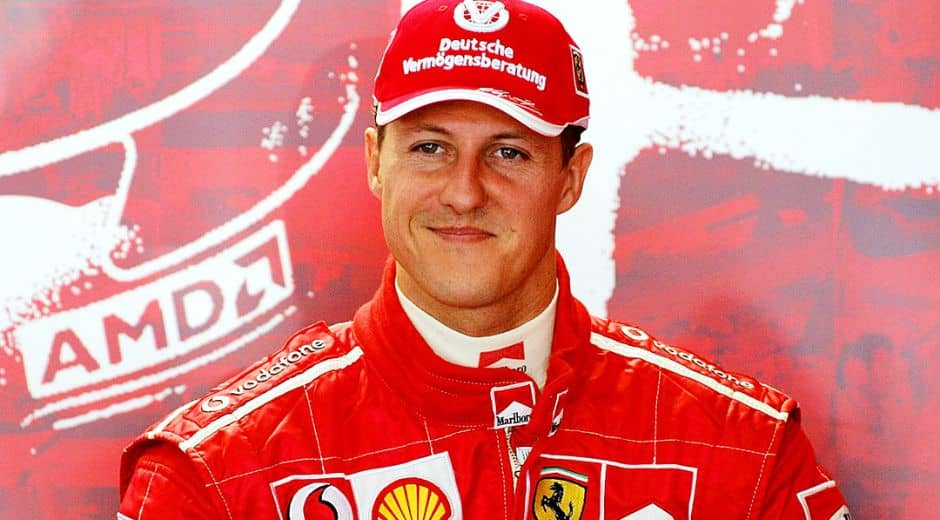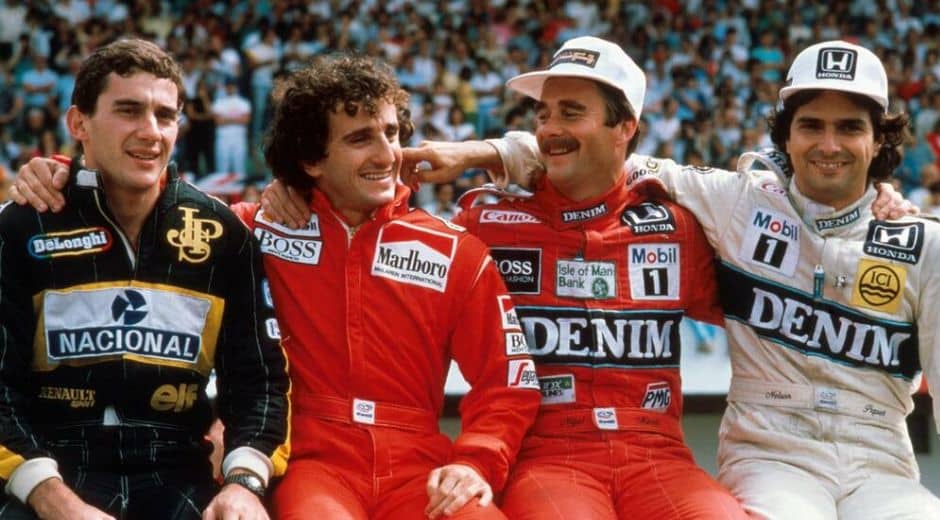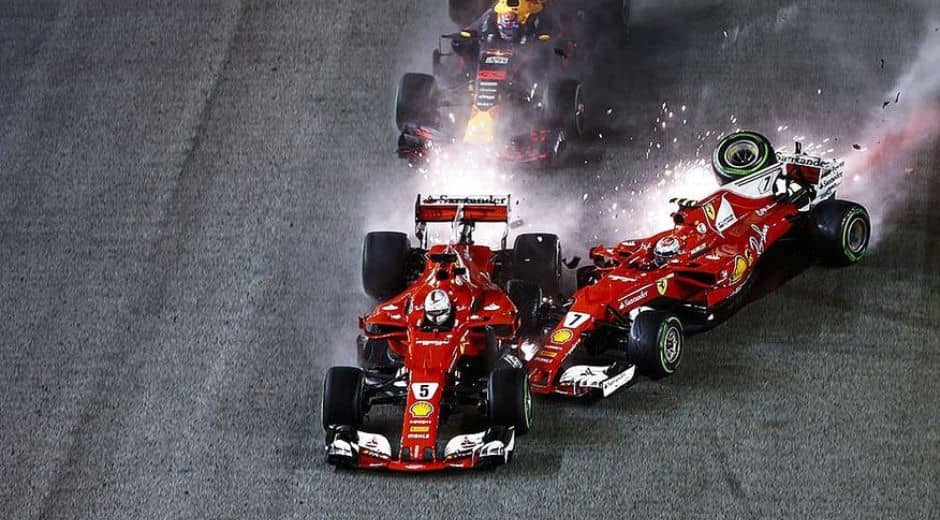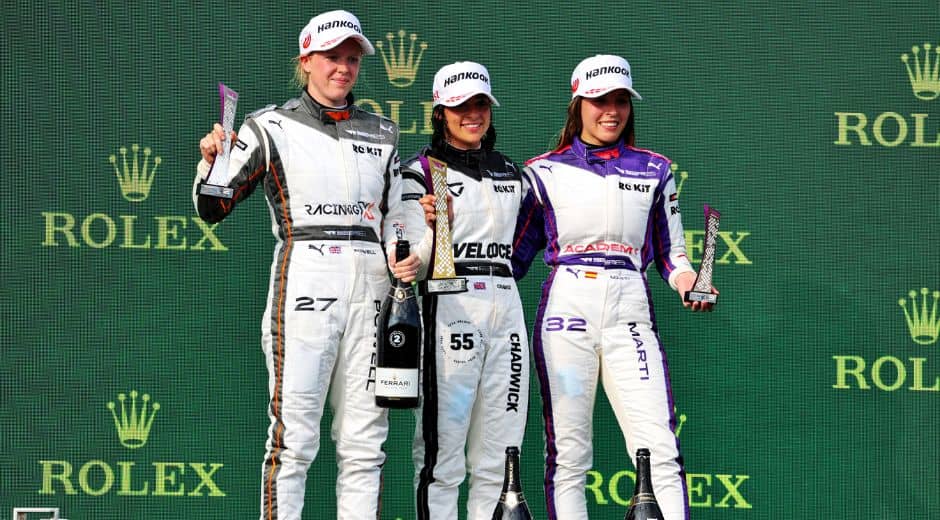Precision in Tennis: The Secret Behind Elite Performance
Tennis is a sport built on speed, strategy, psychology, and mastery of movement. Every shot matters, every step has purpose, and every decision influences the next play. What makes tennis unique is the blend of physical demands and mental clarity required at every moment. To succeed, players must understand far more than technique — they must understand the entire ecosystem of performance.
Elite tennis doesn’t rely on luck. It emerges from structure, repetition, data, and a deep awareness of how to control the court. Even casual fans recognize the effort behind the strokes, but only those who study the sport closely understand how many variables interact at once. Footwork, mindset, stamina, and tactical adaptation all merge into a single, fluid style. It is this combination that defines true excellence at every level.
Mastering the Foundations of Modern Tennis
Modern tennis has grown faster and more demanding. Rallies are longer, patterns are more complex, and opponents are better prepared than ever. Players spend years building strong fundamentals, including balance, timing, court coverage, and mental discipline. These foundations give structure to every rally.
Footwork remains the backbone. Without proper movement, even great technique collapses under pressure. Players develop explosive starts, controlled stops, and smooth transitions, allowing them to reach the ball early and strike with confidence. This is where precision begins — in arriving at the right place at the right moment.
Another foundational pillar is grip and stroke biomechanics. The evolution of topspin and racket technology has changed how players hit the ball. Today’s athletes generate massive rotational force, requiring consistency in motion and body alignment. Coaches analyze these details in slow motion to refine subtle adjustments that enhance precision over long matches.
Tactical Intelligence and Match Strategy
Tennis strategy is a chess match played at full speed. Players must analyze patterns, identify weaknesses, and adapt before their opponent adjusts. This strategic layer separates good competitors from champions.
Patterns like crosscourt exchanges, down-the-line changes, and short-angle plays are staples of competitive rallies. Knowing when to defend, attack, or reset the point makes all the difference. The best players maintain clarity under pressure, using their game plan to control the flow rather than react to it.
Tennis IQ grows through experience. Understanding when to approach the net, when to elongate rallies, or when to take risks comes from studying opponents and understanding one’s own strengths. Such tactical awareness requires precision in decision-making, ensuring that actions match intentions even in high-pressure moments.
For deeper patterns and professional match analysis, insightful breakdowns can be found on ATP Tour’s official platform, where meticulous examinations of elite players reveal how strategy evolves with every season.
The Serve, Return, and Rally Structure
The serve remains the most important shot in tennis. It begins every point and often shapes the entire match. Power matters, but direction, spin, and placement matter more. Even slight adjustments in toss height or shoulder rotation can dramatically change consistency. Delivering the ball exactly where planned requires precision built through thousands of repetitions.
The return is equally critical. Players must read the opponent’s motion, anticipate patterns, and react in a fraction of a second. A strong return neutralizes powerful servers, forcing rallies into more predictable patterns where superior strategy can take control.
During rallies, tempo and depth dictate who controls the court. Players who maintain consistent depth push opponents away from attacking positions, gaining space to dictate pace. This interplay of placement and intention demands precision in both movement and shot selection.
The Mental Game and Emotional Resilience
Tennis is famously called a “mental battlefield.” Players compete without coaching for most of the match, relying on internal dialogue and emotional control. Confidence can lift performance instantly, while frustration can unravel it just as quickly.
Elite mental training includes visualization, breathing control, and structured routines between points. These habits build a mental fortress that supports consistency. When stress rises, routines help players reset, stabilize emotions, and maintain clarity.
Emotional balance also supports shot execution. Panic often leads to rushed swings or poor choices. Calmness allows precision to shine through, letting players commit fully to their strokes and trust their preparation.
Physical Conditioning and Athletic Development
Tennis athletes train like high-performance sprinters, long-distance runners, and martial artists all at once. Endurance, agility, strength, and flexibility come together to support long matches and explosive movements.
Conditioning programs include interval sprints, resistance training, plyometrics, and on-court movement patterns. This multidimensional preparation prevents injury while enabling sustained excellence over tournaments lasting weeks.
Energy systems matter too. Tennis relies heavily on short bursts of anaerobic output followed by brief recovery periods. Maintaining control during these transitions requires enormous discipline and precision in pacing.
Nutrition is part of the equation. Players carefully plan meals, hydration, and recovery to support long-term performance. Every calorie fuels movement, focus, and endurance.
Innovation, Data, and Modern Training Tools
Today’s tennis training incorporates advanced tools like high-speed cameras, motion sensors, and analytics software. These technologies reveal insights about angles, spin rates, and biomechanical efficiency.
Coaches now evaluate footwork patterns, stroke mechanics, and shot distribution with scientific accuracy. This improves precision by helping players develop repeatable, efficient movement solutions.
Virtual reality and AI simulations also allow athletes to practice scenarios without court wear. These innovations help players prepare for opponents they haven’t faced yet, predict patterns, and refine strategy.
Doubles Dynamics and Team Chemistry
Doubles tennis brings a completely different layer of movement patterns and communication. Success relies on synchronized positioning, constant communication, and a shared game vision.
Net play becomes crucial. Reflex volleys, poaching, and coordinated coverage require quick instincts and trust between partners. Shot selection also changes, emphasizing angles, formations, and rhythm disruptions. The role of precision here is essential, as even small misplacements can expose entire gaps on court.
Chemistry between partners often determines success more than raw skill. Teams that move with unity create pressure and force mistakes from opponents unprepared for seamless coordinated attacks.
Tennis and Natural Systems
Movement patterns in tennis resemble natural flows found in ecosystems. Momentum, adaptation, and balance define both competition and biology. Footwork patterns mirror animal movement, and tactical decisions resemble environmental shifts.
On FinanceWorldHub, these parallels between sport and nature reveal how performance and natural harmony share the same principles of timing, energy management, and structured evolution.
Legendary Performances That Shaped the Sport
Tennis history is filled with matches that showcased human determination and technical mastery. From five-hour marathon battles to comeback victories, these moments show the emotional and strategic layers that define competition.
Players like Novak Djokovic, Iga Świątek, and Carlos Alcaraz embody the modern era’s blend of physical dominance, tactical clarity, and mental steel. Their rallies highlight how movement, placement, and shot selection combine to create a seamless expression of skill.
Watching these athletes reminds us how rare true excellence is — and how much dedication lies behind it.
Final Thoughts
Tennis excellence is the outcome of countless details working together. From stroke mechanics to mental composure, from tactical patterns to weekly training routines, everything contributes to a complete performance. Players must blend technique, intelligence, and emotional strength into a unified style.
And at the heart of consistency lies one core element: precision. It influences footwork, strategy, decision-making, and execution. It shapes how players move, think, and compete under pressure.
For more deep-dive stories and performance insights across every sport, visit SportSoulPulse, where the science of competition meets the beauty of mastery.
The Pulse of Sport

Endurance: The Engine Behind Basketball Greatness
Endurance: The Engine Behind Basketball Greatness

The Acceleration Factor in Modern Football
The Acceleration Factor in Modern Football
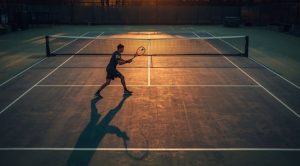
Precision in Tennis: The Secret Behind Elite Performance
Explore how strategy, technique, mental strength, and physical mastery shape elite tennis performance in today’s fast-evolving sport.
